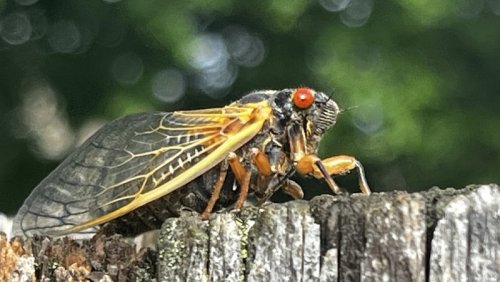

Frank LaVardera (right) is retiring as director of Environmental Programs for Golf after 45 years with Audubon International.
During LaVardera's tenure, Audubon's Cooperative Sanctuary Program for Golf grew to almost 900 private, public and resort golf courses around the world. According to the association web site, there are 865 golf courses worldwide enrolled in the Cooperative Sanctuary Program.
"Frank was key to our mission of helping more golf courses than ever reach their sustainability goals," said AI CEO Christine Kane. "He set a high bar for work ethic, attention to detail, program follow-through, and establishing strong and trusting relationships with our members as they worked toward certification or recertification. His example will be followed by his successor, and everyone else in our organization, for years to come."
LaVardera also helped direct membership growth in Audubon International's Signature and Classic Sanctuary programs, and in 2023 helped introduce the comprehensive Signature Sanctuary Platinum level for new and redesigned golf courses, as well as their clubhouses and lodging/hospitality components. He has helped train the organization’s next generation of Environmental Specialists. The Sanctuary program has grown to include 107 golf courses, according to the AI web site.
The Army Navy Country Club in Fairfax, Virginia is one of more than 800 golf courses certified by Audubon International. Army Navy CC photo "The opportunity to work with golf course superintendents and other invested stakeholders implementing environmentally sustainable practices was very rewarding," LaVardera said. "I greatly appreciate their hard work and dedication regarding the environment."
LaVardera brought extensive experience to Audubon International, including decades as a principal partner in a private environmental consultant firm. He worked on a wide range of projects – preparation of environmental resource plans, stormwater management plans, best management practices plans, and wildlife habitat assessments. He also worked on several golf course improvement projects for the U.S. Navy.
"Frank has always been thoughtful and helpful when working through recertification, offering his expertise and advice," said Jim Pavonetti, CGCS at Fairview Country Club in Greenwich, Connecticut, and an AI board member. "Frank has been a great ambassador for the golf program, and he will be deeply missed at Audubon International."
- Read more...
- 1,392 views















